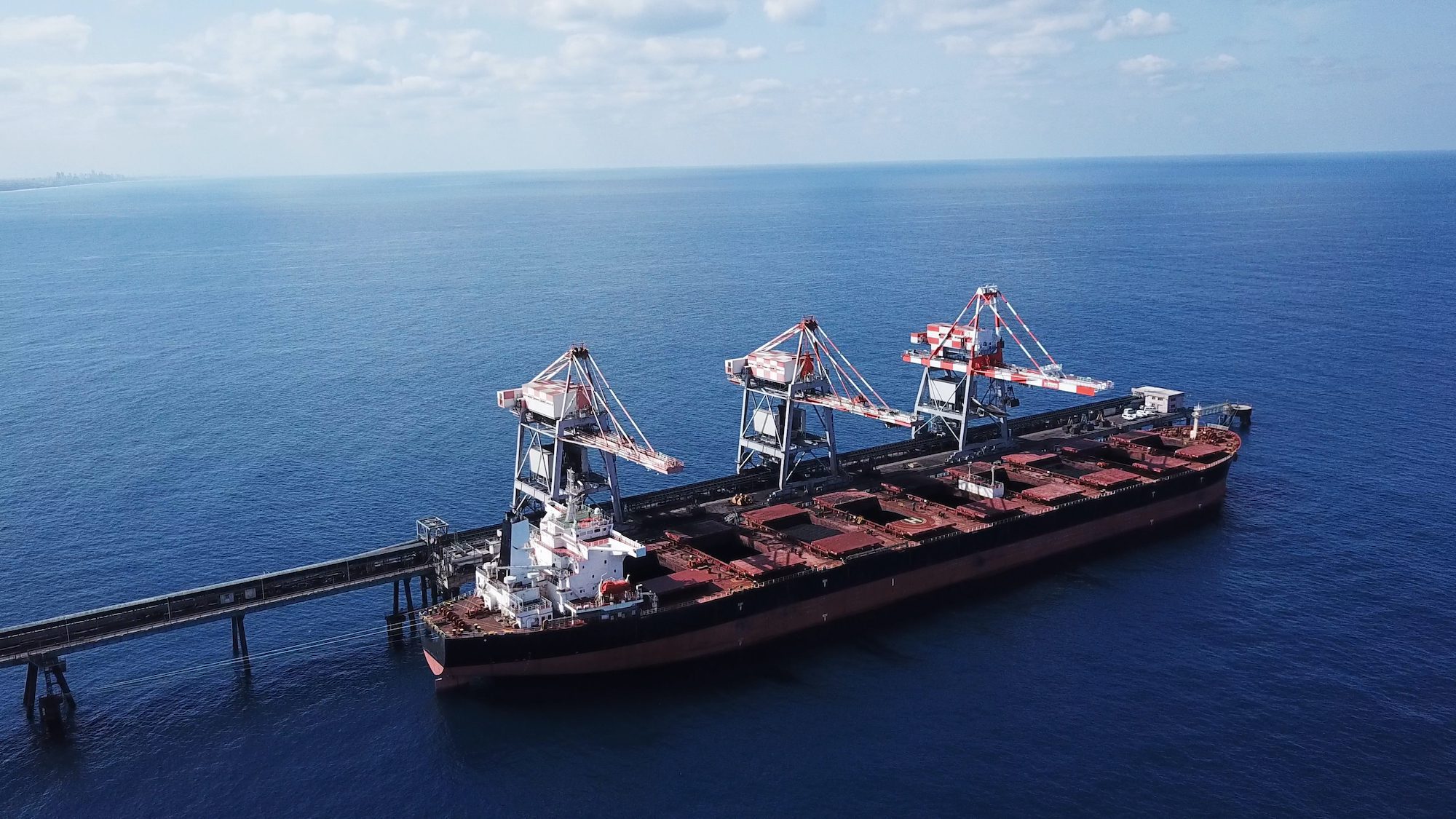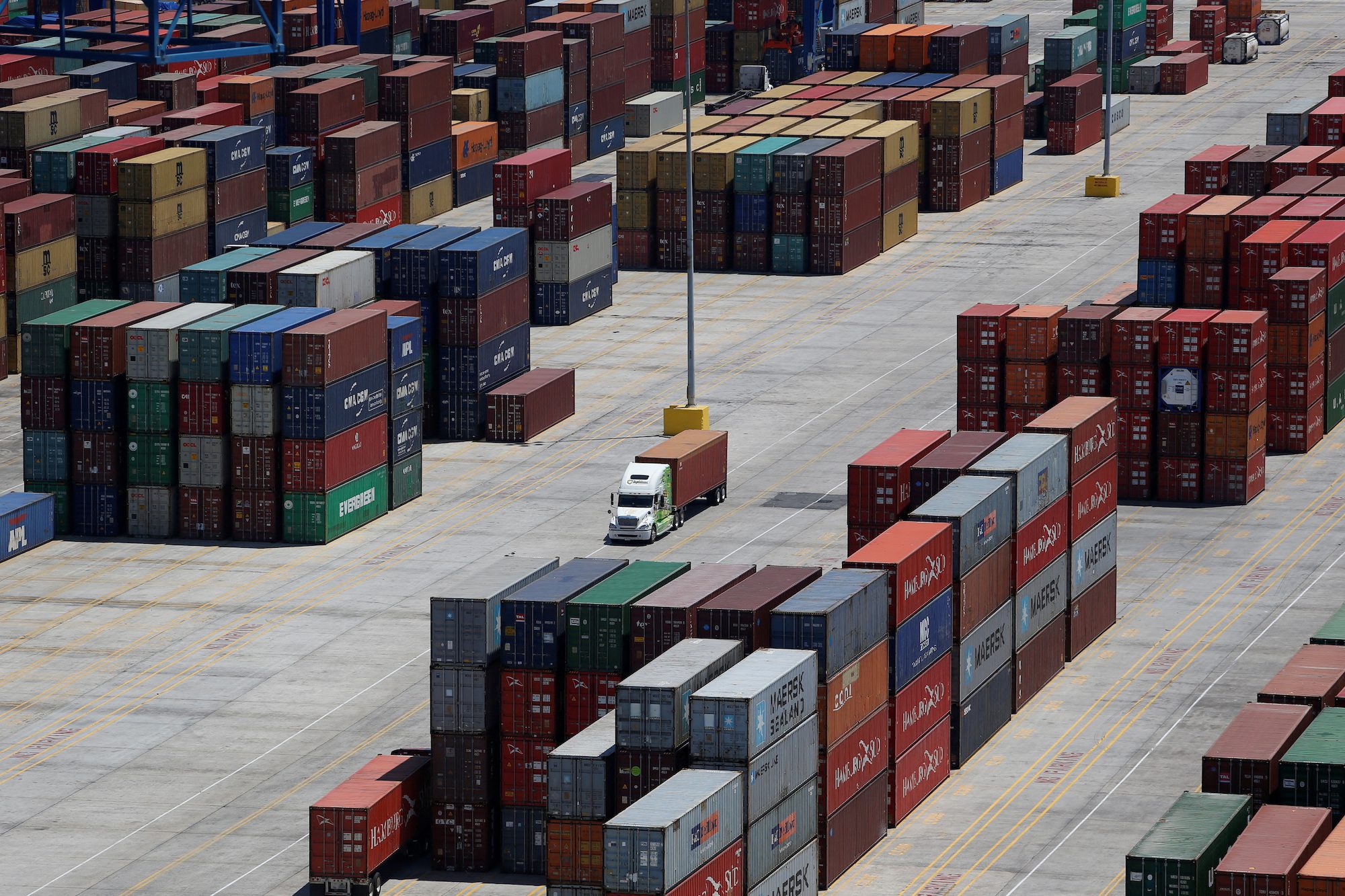Savvy traders, analysts and math whizzes had seen it coming- the drybulk market’s “parabolic rise” during September was simply not sustainable.
Big drybulk ships, which at end Summer were logging charter hires not seen since 2008 (the time many analysts referred to as a “Supercycle”), are now seeing sharply reduced hires. The experts in market fundamentals had seen a surge (some call it a “spike”) in demand and viewed it as temporary and unsustainable. The market technician, who look at second derivatives, and slopes, on the graphs- noted that parabolas do indeed lose their rate of acceleration.
As October closed out, the Baltic Dry Index (BDI), a composite of hires on a variety of drybulk ship sizes, had slipped to around 3400 points (this is index points, not $/day), compared to zenith around 5600 points just a month ago. The biggest dips were seen in the Capesize sector (large vessels typically hauling iron ore cargoes of 170,000 – 180,000 mt). A composite of five routes from London’s Baltic Exchange, with a worldwide geographic scope, had fallen to around $36,000/day, compared to an early October high exceeding $86,000/day. Panamaxes also saw an easing of hires, moving down to a little under $34,000/day (based on a similar composite, also promulgated by the Baltic Exchange); the measure has been above $30,000/day since mid-June, having touched highs around $37,000/day several times.
Is all this the beginning of the end for drybulk shipping (during a week that politicians in Glasgow are talking about “doomsday” scenarios and the like)? Probably not. Investment managers Consortium Maritime Trading, who package investments based on forward freight instruments, suggests that the Capesizes could possibly see a late 2021 bounce following the recent adjustment, as $36,000/day is an important “support” level.
They pointed to slowdown in Chinese industrial activity (affecting iron ore and coal), cyclones in Australia, and wet weather in Brazil as having a possible dampening effect, counterbalanced by port congestion generally, Covid related quarantines delaying loadings in Australia, and possible restrictions impacting China’s domestic coal market.
But Consortium was quick to note the numerous uncertainties surrounding China’s economy, which has an outsized impact on all things drybulk. Consortium’s Nov 1 market report pointed to decreasing numbers of ships waiting to discharge off the Chinese coast (albeit- still high levels by historical standards). In any case, amidst many uncertainties (including whether the support will hold), “volatility” is the watchword, according to Consortium.
What seems to have disappeared from the shipping discussions, at least for now, is bulk carrier tonnage being diverted into the container trades, which are front page news with the various delays and imbalances. What has happened, however, is that minor bulks that had found space in container “empties” (certain grain products, high end scrap metals and some mineral cargo) have now found a home in smaller bulk carriers- including parcel type services. Delays involving “empties” have figured prominently in the ongoing shouting matches between cargo shippers and liner carriers. Smaller bulk carriers- though earning less than Capes and Panamaxes, see a healthy forward market (contrasted with their larger brethren- where expectations are for lower hires going out into 2022).

 Join The Club
Join The Club











